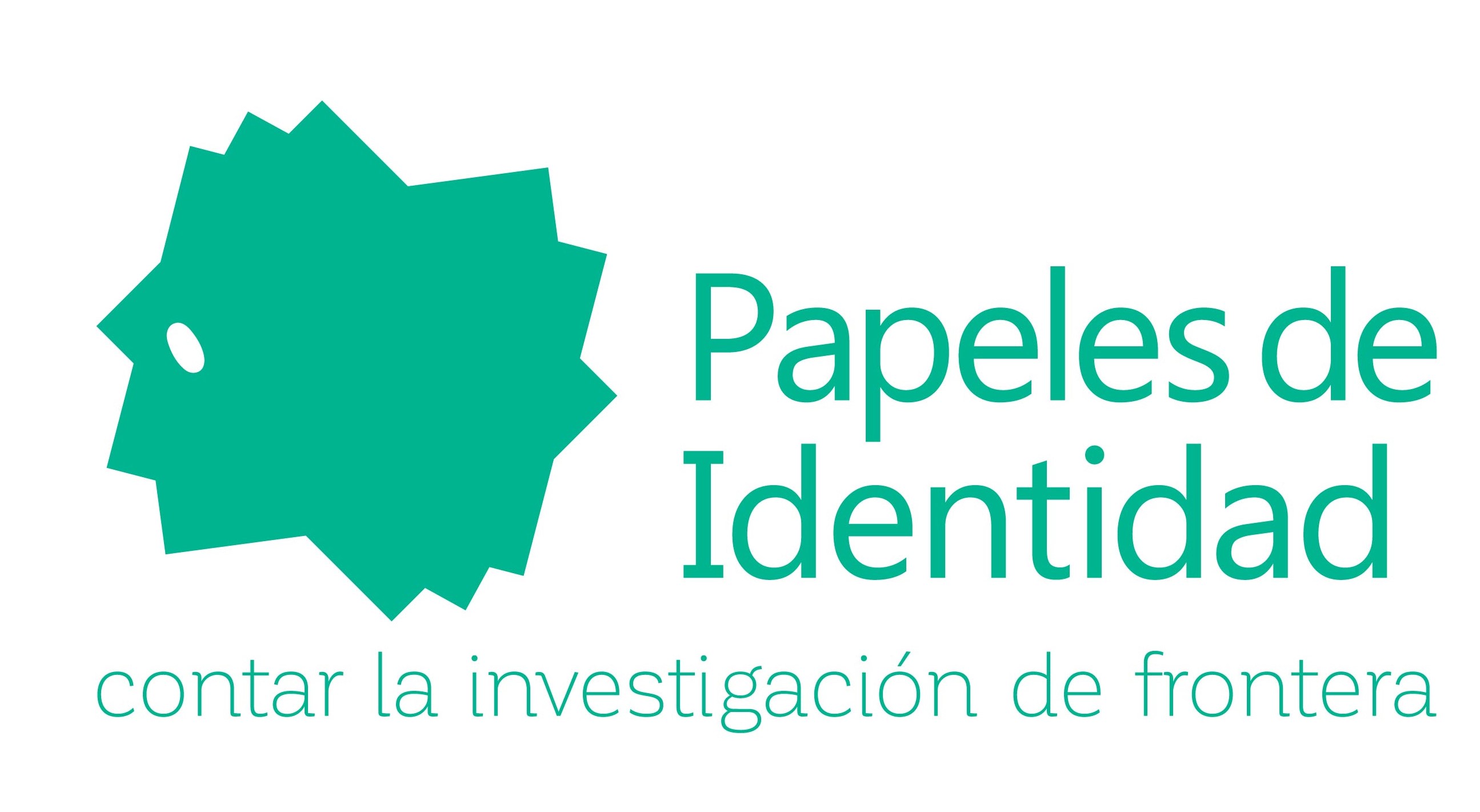No handkerchief and no ID. Joys and tragedies of identity papers
##plugins.themes.bootstrap3.article.main##
##plugins.themes.bootstrap3.article.sidebar##
Abstract
The text explores some moments and modes of dis-identification, that is, the separation between a living body and the papers that subject it to a State. While in the popular culture of the 1960s in Latin America the lack of documentation could be experienced as a utopian mode of freedom, the dictatorships of the Southern Cone shortly afterwards inverted the meaning of this de-registration by producing, with the disappeared, an extreme form of abandonment to sovereign power in the absolute denial of name and identification and the production of bare life. The voluntary un-documentation of those who migrate to Europe turns the destruction of the passport into a de-territorialising cunning, but these strategies are powerless in the face of the restructuring of the sovereign bond between the individual and the State that biometric technologies are bringing about. There the very definition of the human is put into question, together with the status of the information generated by our bodies. Finally, the administrative death and re-birth experienced by those who choose to change their gender poses another emancipatory possibility: one that is contained in the estrangement from what Paul B. Preciado calls the ‘political prosthesis’, the identification paper.
How to Cite
##plugins.themes.bootstrap3.article.details##
identification, citizenship, borders, migration
Amoore, L., y Hall, A. (2009). Taking people apart: digitised dissection and the body at the border. Environment and Planning D: Society and Space, 27, 444-464.
Arendt, H. (1994/1943). We Refugees. En M. Robinson (Ed.), Altogether Elsewhere: Writers on Exile (pp. 110-119). Faber and Faber.
Deleuze, G. (1991). Postdata sobre las sociedades de control. En Ch. Ferrer (Ed.), El lenguaje libertario. Filosofía de la protesta humana (pp. 15-23). Nordan.
Gatti, G. (2014). Identidades desaparecidas. Peleas por el sentido en los mundos de la desaparición forzada. Prometeo.
Haggerty, K., y Ericsson, R. (2000). The Surveillant Assemblage. British Journal of Sociology, 51(4), 605-622.
Navaro-Yashin, Y. (2012). The Make-Believe Space. Affective Geography in a Postwar Polity. Duke University Press.
Papadopoulos, D., y Tsianos, V. (2007). The Autonomy of Migration: The Animals of Undocumented Mobility. En A. Hickey-Moody y P. Malins (Eds.), Deleuzian Encounters. Studies in Contemporary Social Issues (pp. 223-235). Palgrave Macmillan.
Preciado, P. (2019). Un apartamento en Urano. Crónicas del cruce. Anagrama.
Salter, M. (2008). When the exception becomes the rule: Borders, sovereignty, and citizenship. Citizenship Studies, 12(4), 365-380.
Salter, M. (2012). Theory of the /: The suture and critical border studies. Geopolitics, 17(4), 734-755.
Scheel, S. (2019). Autonomy of Migration? Appropriating Mobility within Biometric Border Regimes. Routledge.
Schindel, E. (2012). La desaparición a diario. Sociedad, prensa y dictadura (1975-1978). Eduvim.
Schindel, E. (2017). Migrantes y refugiados en las fronteras de Europa. Cualificación por el sufrimiento, nuda vida y agencias paradójicas. Revista de Estudios Sociales, 59, 16-29.
Schindel, E. (2018). Biométrica, normalización de los cuerpos y control de fronteras en la Unión Europea. Athenea Digital. Revista de Pensamiento e Investigación Social, 18(1), 11-31.
Schindel, E. (2021). Frontera y violencia. Notas desde los bordes de Europa. UNR Editora.
Schliewen, A. (2024). Urkunden der (Un)gleichheit? – Eine Betrachtung der Regelungen und Praxen der Geburtsbeurkundung für Kinder von Geflüchteten in Berlin und Brandenburg (tesis de maestría inédita). Europa-Universität Viadrina (Alemania) y Université Paris 8 (Francia).
Torpey, J. (2000). The Invention of the Passport. Surveillance, Citizenship and the State. Cambridge University Press.
van der Ploeg, I. (2012). The body as data in the age of information. En K. Ball, K. Haggerty y D. Lyon (Eds.), Routledge Handbook of Surveillance Studies (pp. 176-183). Routledge.
Vaughan-Williams, N. (2009). The generalized bio-political border? Re-conceptualising the limits of sovereign power. Review of International Studies, 35, 729-749.
Vaughan-Williams, N. (2012). Border Politics. The Limits of Sovereign Power. Edinburgh University Press.

This work is licensed under a Creative Commons Attribution-NonCommercial-NoDerivatives 4.0 International License.
Papeles del CEIC is distributed under the licence Creative Commons Reconocimiento-NoComercial-SinObraDerivada 3.0 España (CC BY-NC-ND 3.0 ES)
Usted es libre de:
- copiar, distribuir y comunicar públicamente la obra
Bajo las condiciones siguientes:
- Reconocimiento — Debe reconocer los créditos de la obra de la manera especificada por el autor o el licenciador (pero no de una manera que sugiera que tiene su apoyo o apoyan el uso que hace de su obra).
- No comercial — No puede utilizar esta obra para fines comerciales.
- Sin obras derivadas — No se puede alterar, transformar o generar una obra derivada a partir de esta obra.
Entendiendo que:
- Renuncia — Alguna de estas condiciones puede no aplicarse si se obtiene el permiso del titular de los derechos de autor
- Dominio Público — Cuando la obra o alguno de sus elementos se halle en el dominio público según la ley vigente aplicable, esta situación no quedará afectada por la licencia.
- Otros derechos — Los derechos siguientes no quedan afectados por la licencia de ninguna manera:
- Los derechos derivados de usos legítimos u otras limitaciones reconocidas por ley no se ven afectados por lo anterior.
- Los derechos morales del autor;
- Derechos que pueden ostentar otras personas sobre la propia obra o su uso, como por ejemplo derechos de imagen o de privacidad.
- Aviso — Al reutilizar o distribuir la obra, tiene que dejar bien claro los términos de la licencia de esta obra.
The author can use his/her article freely always indicating that it has been published in Papeles del CEIC. International Journal on Collective Identity Research. Any re-edition of the article must be approved by the journal editorial team.


 http://orcid.org/0000-0002-3226-2406
http://orcid.org/0000-0002-3226-2406